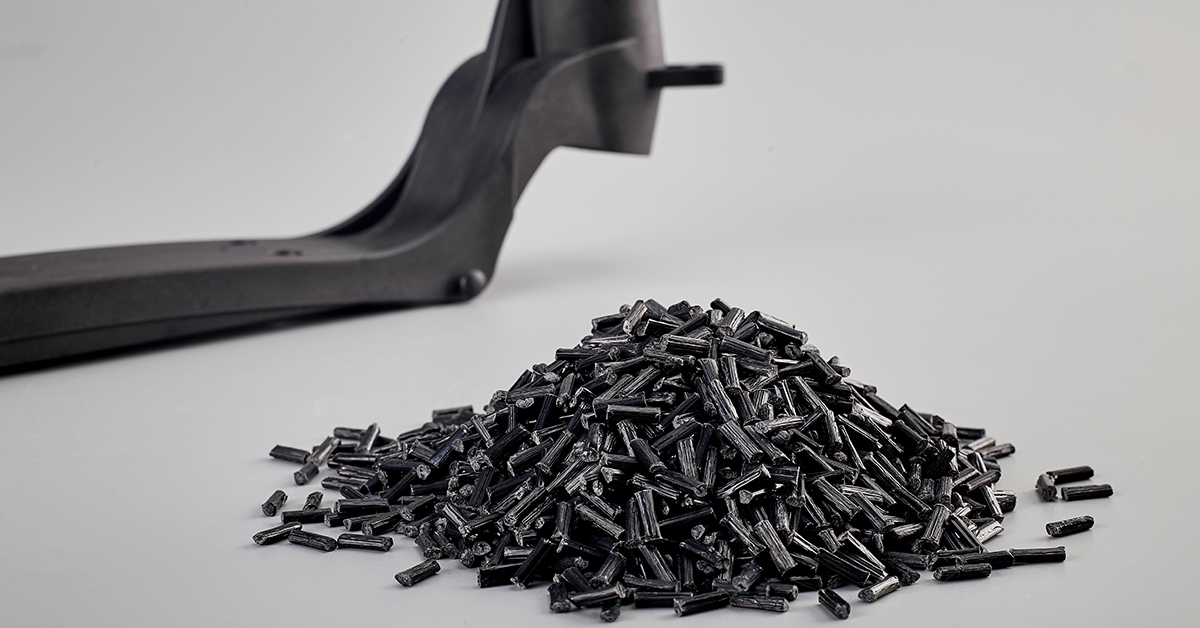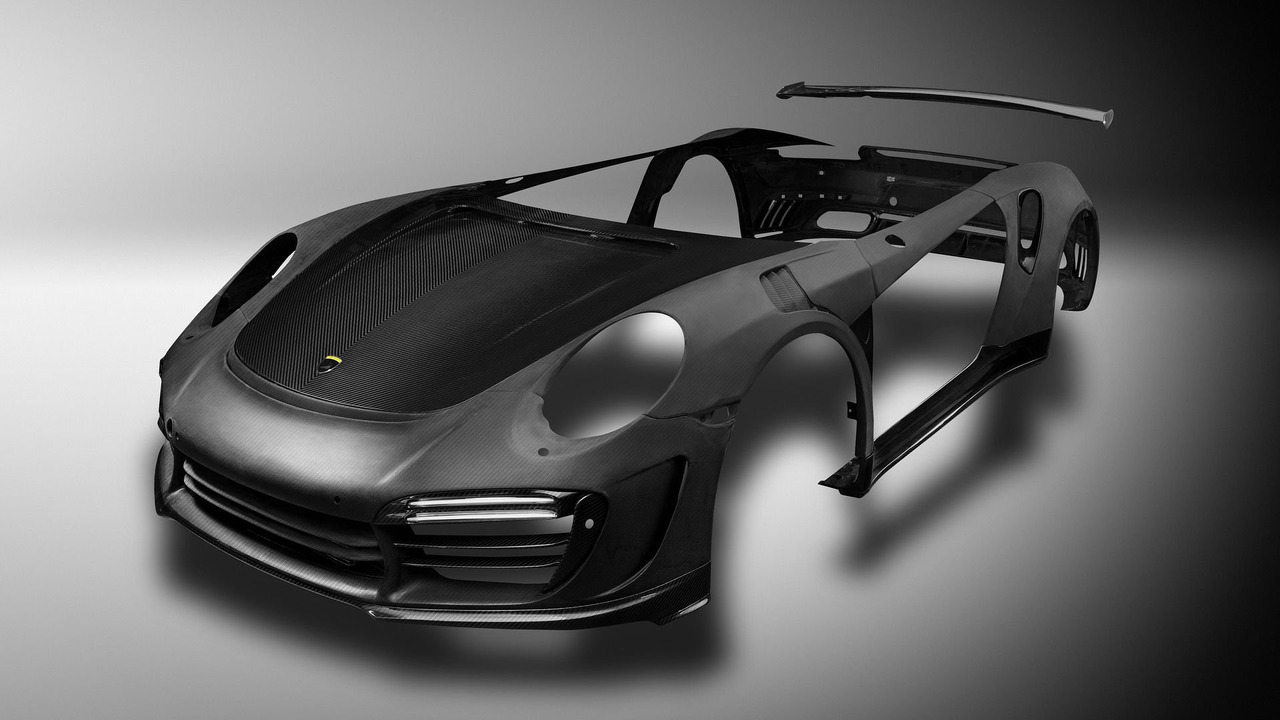new blog
01
Introduction
Carbon fiber composites are high-performance composites made of resin, metal and ceramics as matrix and carbon fiber as reinforcement by advanced composite molding methods. Carbon Fiber Reinforced Polymers (CFRP) is the main material used for automotive applications, which has a series of advantages such as low density, high modulus and high specific strength. Therefore, it is widely used in aerospace, wind power generation, leisure and sports, military and other fields. In recent years, with the increasingly serious pollution of the global environment, "energy saving and emission reduction, development of low-carbon economy" has formed a high consensus in the global scope. Lightweighting of automobiles can effectively reduce energy consumption and exhaust emissions. CFRP is an excellent lightweight material with high temperature resistance, corrosion resistance, shock absorption and other properties, and its products have a cool appearance. Therefore, it is increasingly favored by automotive engineers. In order to promote the application of CFRP in automobiles, many universities and enterprises have also carried out research on the application of CFRP in automobiles in recent years.

02
Application of CFRP in body skeleton
Due to its low density, high modulus and specific strength, CFRP is often suitable for lightweighting applications of large structural parts. As the system that contributes most to the mass of the whole vehicle, the body skeleton is the most important target for CFRP lightweighting and the earliest application of CFRP. General Motors developed the CFRP ultra-lightweight body skeleton structure concept car as early as 1992, and BMW's i3 body launched in 2013 used CFRP passenger compartment, which triggered the research boom of CFRP application. Since then, the application of CFRP in the body skeleton has gradually expanded from super sports cars to luxury cars and new energy vehicles. The BMW i3 passenger compartment consists of 34 CFRP parts, 13 of which are integrally molded (including 48 preforms), achieving a high degree of integration, as shown in Figure 1. The i3 side body, for example, is divided into nine preforms, and the nine preforms are then molded by Resin Transfer Moulding (RTM) technology to form the inner and outer side body panels. The BMW i8, BMW 7 series, Lexus LFA, Lamborghini Aventador LP700-4 body skeleton structural parts use a large number of CFRP parts, Audi A8 rear seat back panel also uses CFRP. In addition, Mercedes-Benz, Ford, Toyota and other foreign mainstream car companies, there are CFRP in the body skeleton structural parts application research and model release.
Lightweighting is one of the main objectives of vehicle development, and the weight reduction of model components is currently receiving key attention from the industry. the application of CFRP on the body skeleton has resulted in a weight reduction of about one hundred kilograms.
03
Application of CFRP in body coverings and interior and exterior trim
CFRP is more widely used in the external coverings of foreign models, especially for the luxury models with higher positioning, CFRP cost is higher, therefore, its coverings are often applied in the form of high option or modified sports kit, Door bright strips, rear spoiler, rear wing, etc. Such as BMW, Audi, Mercedes-Benz, Lexus, Lamborghini and other brands of high-end models, in addition to their own development of CFRP coverings and interior and exterior trim parts, there are also special CFRP parts on the market to modify.
CFRP is also the application research hotspot of domestic body coverings and exterior trim parts. Basically, all domestic OEMs have research on the application of CFRP in body coverings and exterior trim, and the application is on the rise. In recent years, the main models developed and applied CFRP body coverings and exterior trim parts are Promised K50, Geely Link 03+/05+, Volvo Polaris 1, Great Wall WEYVV7, SAIC MG6, etc. In addition, Lutis and other models are already in mass production development.
The Frontage K50, a pure electric sports car launched in 2018, is the only model in China that adopts "all-carbon" body coverings (including exterior trim parts), with a total of 29 CFRP parts, except for the front and rear bumpers and side skirts. The total mass is only 46.7kg, which is more than 40% lighter than traditional metal parts.
04
Application of CFRP in chassis system
Most of the chassis components are "underspring mass", and their light weight can improve the performance of the whole vehicle. However, chassis parts are located in harsh environment, and most of them are moving parts, which require higher reliability performance such as durability, fatigue, corrosion, etc. The challenge of CFRP in chassis parts is often greater than in body structure parts. Therefore, both in China and abroad, the application of CFRP in chassis parts is extremely difficult. At present, the main components of CFRP application research on chassis are drive shaft, subframe, control arm, stabilizer bar, steering knuckle, wheel hub, spring, etc. The drive shaft is an important part in the transmission system of the car to transmit power, its role is to transmit the power from the engine to the wheels together with the transmission and drive axle, so that the car produces driving force. The traditional automobile drive shaft mainly uses metal materials, such as high-quality carbon alloy steel 40Cr, 30CrMo, 42CrMo, etc. The use of CFRP instead of the original metal materials to prepare the drive shaft can meet the requirements of high strength, stiffness and fatigue of the drive shaft, in addition to achieve significant weight reduction, and to reduce the energy loss of the transmission system and the weight of the vehicle by improving the vibration resistance, reducing noise, etc.
Carbon fiber composite automotive driveshafts have been used in General Motors' heavy-duty vehicles in the 1880s, reducing the mass by 60% compared to steel. With the continuous updating and improvement of technology and production equipment, the production and application of carbon fiber composite drive shaft is also tending to scale up.
The subframe is an intermediate buffer for the connection between the body and the suspension, and most of the traditional subframes are made of steel plates through stamping and welding. With the development of lightweight technology, it has gradually changed to aluminum alloy subframe in recent years, and CFRP composite subframe, compared with aluminum alloy subframe, there is further room for weight reduction. The CFRP subframe developed by Ford and Magna is applied to the composite Mondeo, replacing 45% of the steel parts of the traditional subframe and reducing weight by about 34%.
07
Conclusion
CFRP has the advantages of low density, high modulus and high specific strength, and has a broad application prospect in automotive. However, due to the high cost, CFRP is still mainly used in some high-end models.
The dazzling appearance of CFRP is popular among young people, and many models are developed in the form of "sports kits" as a promotional point in the high end or optional form of the models. In the aftermarket, the modification of exterior "sport package" occupies a larger market in CFRP application.

